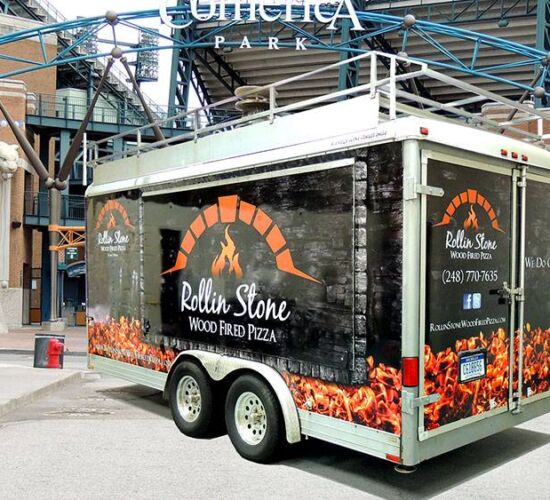
Join us for the 2025 Motion & Control Summit & Expo!
The summit will be held June 25th – 26th and will feature a 25 booth expo hall at our New Hudson facility, 2-days of free training & development, food trucks, giveaways and more. Register below!
Expo Hall & FREE Training Sessions | 9:00AM – 4:00PM
Food Trucks On-Site for Lunch | 11:00AM – 2:00PM
Days
55Hours
16Minutes
47Seconds
20Trade Show Floor Plan

Exhibitors
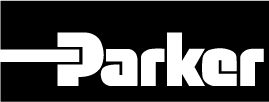


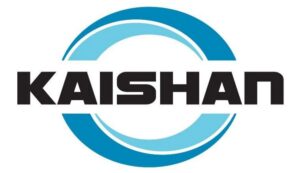
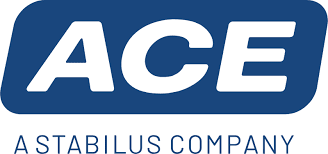






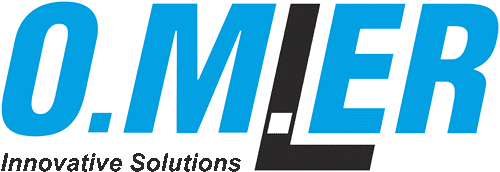


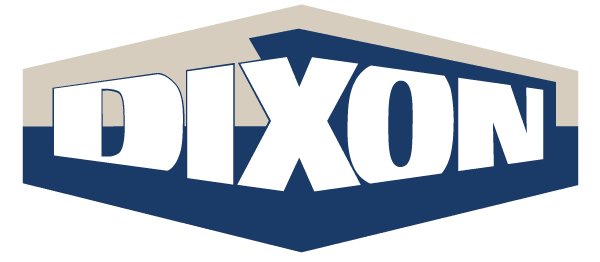

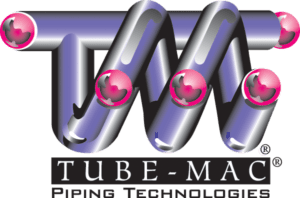

Food Trucks
Rollin’ Stone Wood Fired Pizza & Impasto Italian Inspired Wraps Food trucks will be on-site from 11:00am – 2:00pm Wednesday & Thursday.

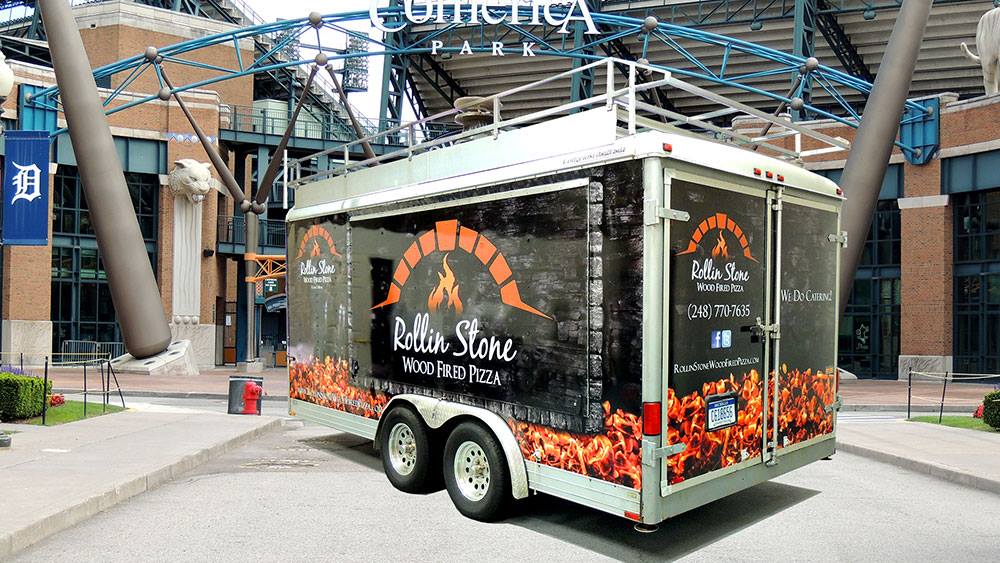
Giveaways
Each attendee will be automatically entered to win one of many prizes!

Solo Stove Fire Pit

KitchenAid Mixer

Ninja Pizza Oven

Masterbuilt Smoker

Bose Speaker

Ninja CREAMi

DEWALT Drill Set

Cuisinart Grill Set
Training Schedule
| Class |
|---|
|
Basic Hydraulics and Schematics Training
- This class aims to give an introduction into the hydraulic system and its components. In this 1-hour session, we will review the basic terminology and how hydraulics differs from other methods of motion control. We will cover the general function of each component and how they fit into the overall system, common schematic symbols and explore examples of full system schematics. |
|
Electrical Slip Rings 101: Essential Concepts and Applications
- In this class, we will provide a brief overview of what slip rings are and how they are used for reliable transfer of power and signal, the basic working principles of electrical slip rings, key components and construction, types of slip rings, common materials and why they are used, industries that rely on slip rings, real-world examples of slip ring integration and the factors affecting performance and longevity. |
|
Preventative Maintenance 101 - Automated Lubrication
- This course is designed to provide participants with a comprehensive understanding of lubrication systems and their vital role in equipment maintenance. This course covers the fundamental principles of lubrication and the critical importance of preventative maintenance in reducing wear and tear on machinery. Participants will learn how to properly establish effective lubrication schedules, monitor equipment performance, and ensure that machines operate at peak efficiency, minimizing downtime and costly repairs. |
|
Compressed Air Equipment System Layout
- In this class, we will review the most common questions that arise when selecting compressed air solutions. We will review the different types of Compressors systems, what should be taken into consideration, system design and layouts, specifications and common case studies. |
|
Total System Health Management – Hydraulic Systems
- Learn how to maximize your Hydraulic Systems overall health! In this class we will cover total health filtration management, including: Diagnostics - combining sensors and diagnostic tools with circuit filtration and offline systems to receive real-life insight into changing system health. Therapeutics - to extend the life of your fluid beyond routine drain and change intervals. Preventative - to select the correct filtration to preserve the desired performance specifications of your system. |
| Class |
|---|
|
Basic Hydraulics and Schematics Training
- This class aims to give an introduction into the hydraulic system and its components. In this 1-hour session, we will review the basic terminology and how hydraulics differs from other methods of motion control. We will cover the general function of each component and how they fit into the overall system, common schematic symbols and explore examples of full system schematics. |
| Class |
|---|
|
Electrical Slip Rings 101: Essential Concepts and Applications
- In this class, we will provide a brief overview of what slip rings are and how they are used for reliable transfer of power and signal, the basic working principles of electrical slip rings, key components and construction, types of slip rings, common materials and why they are used, industries that rely on slip rings, real-world examples of slip ring integration and the factors affecting performance and longevity. |
| Class |
|---|
|
Preventative Maintenance 101 - Automated Lubrication
- This course is designed to provide participants with a comprehensive understanding of lubrication systems and their vital role in equipment maintenance. This course covers the fundamental principles of lubrication and the critical importance of preventative maintenance in reducing wear and tear on machinery. Participants will learn how to properly establish effective lubrication schedules, monitor equipment performance, and ensure that machines operate at peak efficiency, minimizing downtime and costly repairs. |
| Class |
|---|
|
Compressed Air Equipment System Layout
- In this class, we will review the most common questions that arise when selecting compressed air solutions. We will review the different types of Compressors systems, what should be taken into consideration, system design and layouts, specifications and common case studies. |
| Class |
|---|
|
Total System Health Management – Hydraulic Systems
- Learn how to maximize your Hydraulic Systems overall health! In this class we will cover total health filtration management, including: Diagnostics - combining sensors and diagnostic tools with circuit filtration and offline systems to receive real-life insight into changing system health. Therapeutics - to extend the life of your fluid beyond routine drain and change intervals. Preventative - to select the correct filtration to preserve the desired performance specifications of your system. |
| Class |
|---|
|
Transair – Compressed Air and Inert Gas Piping System
- This seminar will cover a brief Introduction into compressed air, including Parker Transair piping technologies and how they work, Transair vs. traditional systems, stainless steel solutions, common applications and where to get support information. We’ll touch base on how Transair pipe brings a unique set of advantages and benefits that can effect productivity, installation cost and reduce the pressures surrounding “Power on Date Deadlines” associated with the shortages of material and a skilled labor pool which we see today. |
|
Industrial Hose Introduction & STAMPED Overview
- This course establishes the difference between industrial hose and hydraulic hose, creating an awareness of the different applications, markets, and expectations. Breakdown of the STAMPED process to help in selecting the best hose for the application to maximize life expectancy, offer the best value, minimize maintenance costs, and provide a safe work environment. The last portion will review industrial hose ends and materials common through the different markets. |
|
Understanding and Maintaining Hydraulic Accumulators
- A hydraulic accumulator is a pressure vessel in a hydraulic system that stores energy in the form of compressed gas and hydraulic fluid. It's used to supplement pump flow, reduce pump size requirements, maintain pressure, absorb shocks, dampen pulsations, and provide emergency hydraulic power. In this class, we will cover the purpose of hydraulic accumulators, how to Identify different accumulator types, understanding Nitrogen Pre-Charge and how to maintain your accumulators for optimal efficiency. |
|
Hose Assembly & Crimping Techniques
- Not all Hoses are created equal and, more importantly, not all crimps are the same. Safety is the first priority in producing a successful hose assembly and we will teach you how to do it the right way. In addition we will show you how to properly inspect a hose assembly to make sure you have what you need to keep your team safe and your equipment running without leaks. |
| Class |
|---|
|
Transair – Compressed Air and Inert Gas Piping System
- This seminar will cover a brief Introduction into compressed air, including Parker Transair piping technologies and how they work, Transair vs. traditional systems, stainless steel solutions, common applications and where to get support information. We’ll touch base on how Transair pipe brings a unique set of advantages and benefits that can effect productivity, installation cost and reduce the pressures surrounding “Power on Date Deadlines” associated with the shortages of material and a skilled labor pool which we see today. |
| Class |
|---|
|
Industrial Hose Introduction & STAMPED Overview
- This course establishes the difference between industrial hose and hydraulic hose, creating an awareness of the different applications, markets, and expectations. Breakdown of the STAMPED process to help in selecting the best hose for the application to maximize life expectancy, offer the best value, minimize maintenance costs, and provide a safe work environment. The last portion will review industrial hose ends and materials common through the different markets. |
| Class |
|---|
|
Understanding and Maintaining Hydraulic Accumulators
- A hydraulic accumulator is a pressure vessel in a hydraulic system that stores energy in the form of compressed gas and hydraulic fluid. It's used to supplement pump flow, reduce pump size requirements, maintain pressure, absorb shocks, dampen pulsations, and provide emergency hydraulic power. In this class, we will cover the purpose of hydraulic accumulators, how to Identify different accumulator types, understanding Nitrogen Pre-Charge and how to maintain your accumulators for optimal efficiency. |
| Class |
|---|
|
Hose Assembly & Crimping Techniques
- Not all Hoses are created equal and, more importantly, not all crimps are the same. Safety is the first priority in producing a successful hose assembly and we will teach you how to do it the right way. In addition we will show you how to properly inspect a hose assembly to make sure you have what you need to keep your team safe and your equipment running without leaks. |

Motion & Control

Pneumatics

Industrial Hydraulics




